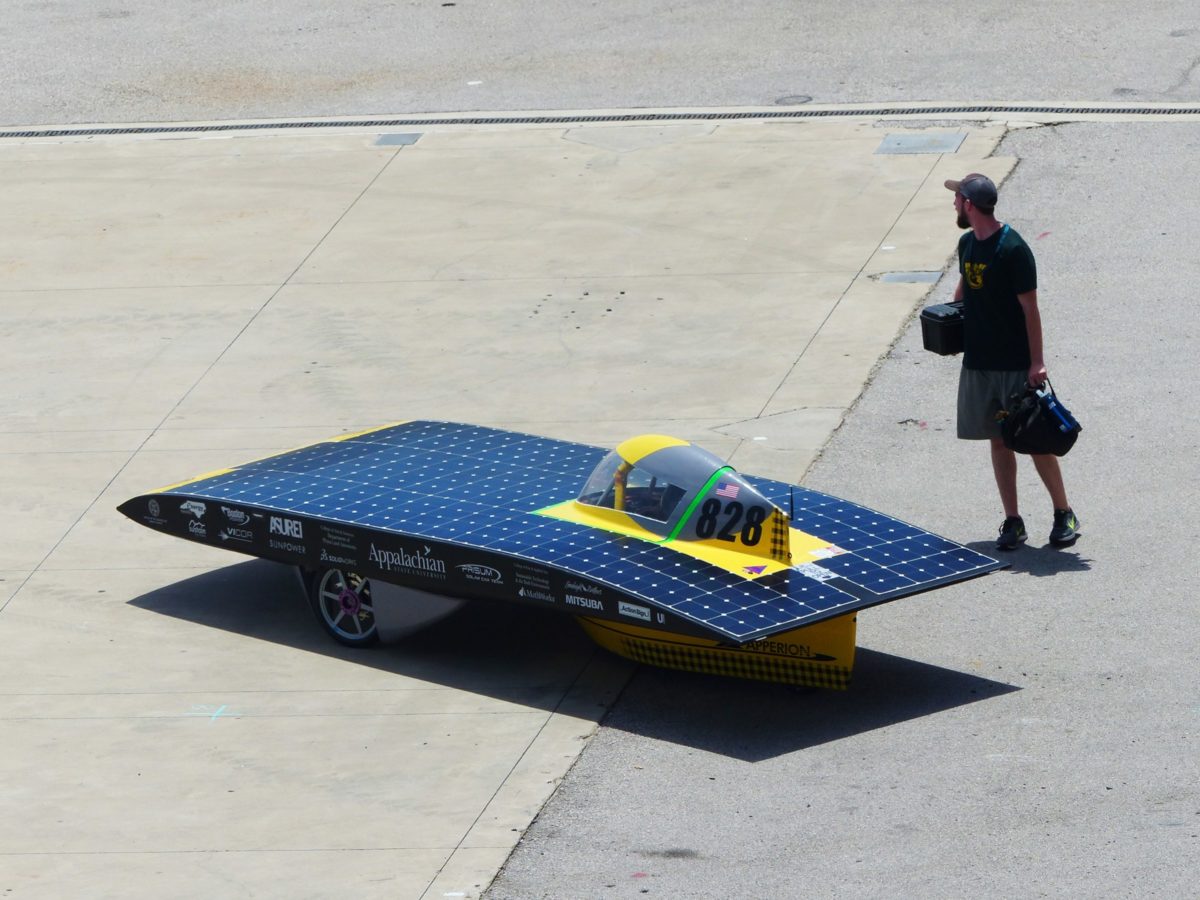At the moment of writing this blogpost the Bridgestone World Solar Challenge is taking place. Which is an excellent time to take a look at solar powered vehicles which might be the next step in the car industry.
Currently it is impossible to develop a solar powered car that is competitive enough to compete with regular/electric cars. These solar powered cars are incredibly expensive, small, light and can only reach a speed of around 100 km/h. Also are current solar panels are not efficient enough, which makes them completely dependable on sunny weather (Wired, 2018). But as the demand for electric cars keeps increasing the question arises ‘Can they charge themselves in the future through solar panels?’.
Therefore we need to have an closer look into the solar panels of today. Currently the average solar panel on the roof of a house only converts 15-20% of the light that falls on them into electricity (Wired, 2018). Thus, current solar panels are basically not efficient at al even though they are already profitable. Henrik Fisker, a concurrent of Tesla, tried to make a regular car with these solar panels on it. This resulted in a car which generated around 200 watts of electricity per hour (Wired, 2018). Too bad electric vehicles need around 60 kilowatts per hour. Which results in the Fisker only being able to drive one kilometre after eight hours of charging. Concluding, we are nowhere close to having fully solar powered cars.
Well time to give up then? NO, currently there are solar panels being produced which have an efficiency of at least 45% (Wired, 2018) and it is just a matter of time before this becomes 80-100% (Wired, 2018). As a result, electric vehicles can become less depended on being plugged-in. Even though the complexity might outweigh the benefits I believe it is a neat step in the right direction.
Source:
https://www.wired.com/story/solar-power-electric-cars/


